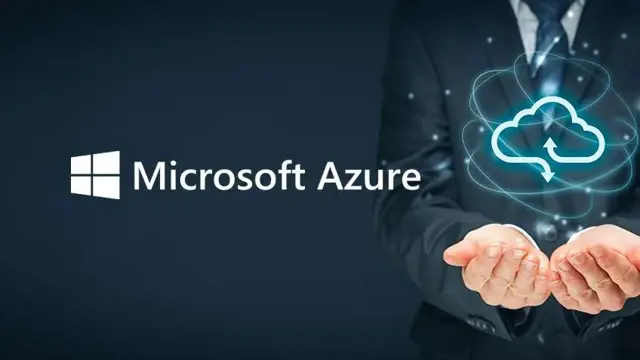Proofpoints: why we choose Microsoft technology
Microsoft technology helps to transform data to a competitive advantage
Automation starts with available and reliable data
Getting value from automation starts with available and reliable data, not with your business applications. Many companies don’t have time, or don’t want to take the hurdle (yet) of modernizing their ERP system in order to integrate and optimize systems and processes.
The good news is that you don’t need a new ERP to build effective and intelligent automation. Instead, companies need the right technology to build a secure and flexible cloud-based data layer. They require accessible advanced analytics, machine learning and AI functionality to get automation up rapidly. Low-code platform technology is essential to bring data to the business and to get your workforce to connect and automate processes swiftly.

The amount of data that companies generate is huge
And for manufacturing companies there are many opportunities hidden within their data that can become their competitive advantage. Think of smart and predictive maintenance, risk management and predictive forecasting.
The Microsoft data platform matches the end-to-end data integration strategy companies need to drive competitive advantage and deliver better business outcomes. It does not matter where source data is coming from. On the foundation of the Microsoft data integration stack, we can bring data together and prepare it for any form of analytics, using the Azure platform, that adds value to your business.
The value of a reference architecture, based on Microsoft technology
Again we asked Peter Buenk, HSO Enterprise Architect for Manufacturing:
Q: Suppose you want to pursue modernization, and migrate to the cloud, do you then also need a new ERP or not?
A: Our approach and vision involves working toward a reference architecture, based on Microsoft technology. So what can you do in a manufacturing company if you want to modernize and bring your application landscape to the cloud? Because broadly speaking, at the end of the day, these companies mostly need the same thing. Standardizing, based on this reference architecture, is the solution and provides a scalable model.
A reference architecture can then help determine what you need. You look at what is already at level, where are your challenges and then you can start there. If you have a good toolkit you can deploy Power Automate one time, Azure Integration another time, and then Azure data lake. . Just whatever is needed. Or maybe just Managed Services at first, and expand and optimize from there, all the way to Dynamics 365 Finance. But to access your data and extract valuable information from it, you don't need a new ERP right away.
- 1
In 2022, for the fourth time in a row, Gartner has recognized Microsoft as a Magic Quadrant Leader in analytics and business intelligence platforms. In 2021, Microsoft Azure was named a Leader in the Gartner® Magic Quadrant™ for Cloud Database Management Platforms.
- 2
In 2022, the Microsoft Azure AI Platform, that provides customizable AI models as building blocks to developers, was named Leader in the Gartner Magic Quadrant for Cloud AI Developer Service.
- 3
Microsoft was named a Leader in 2022 Gartner® Magic Quadrant™ for Data Integration Tools, with its data integration services in Azure. Categories evaluated included data engineering, cloud migration, and operational data integration tasks.
- 4
Forrester already recognized Microsoft Azure as Leader in The Forrester Wave, on Notebook Based Predictive Analysis and Machine Learning 2020
- 5
Forrester listed Microsoft as a Leader in its 2021 Wave for Unstructured Data Security Platforms. Microsoft received the highest possible score in capabilities regarding security and risk, APIs and integrations, data security and the Zero Trust enabling partner ecosystem.
An introduction to Microsoft Azure AI | Azure AI Essentials
Interested in learning more?



